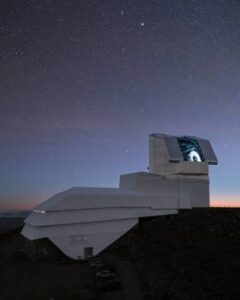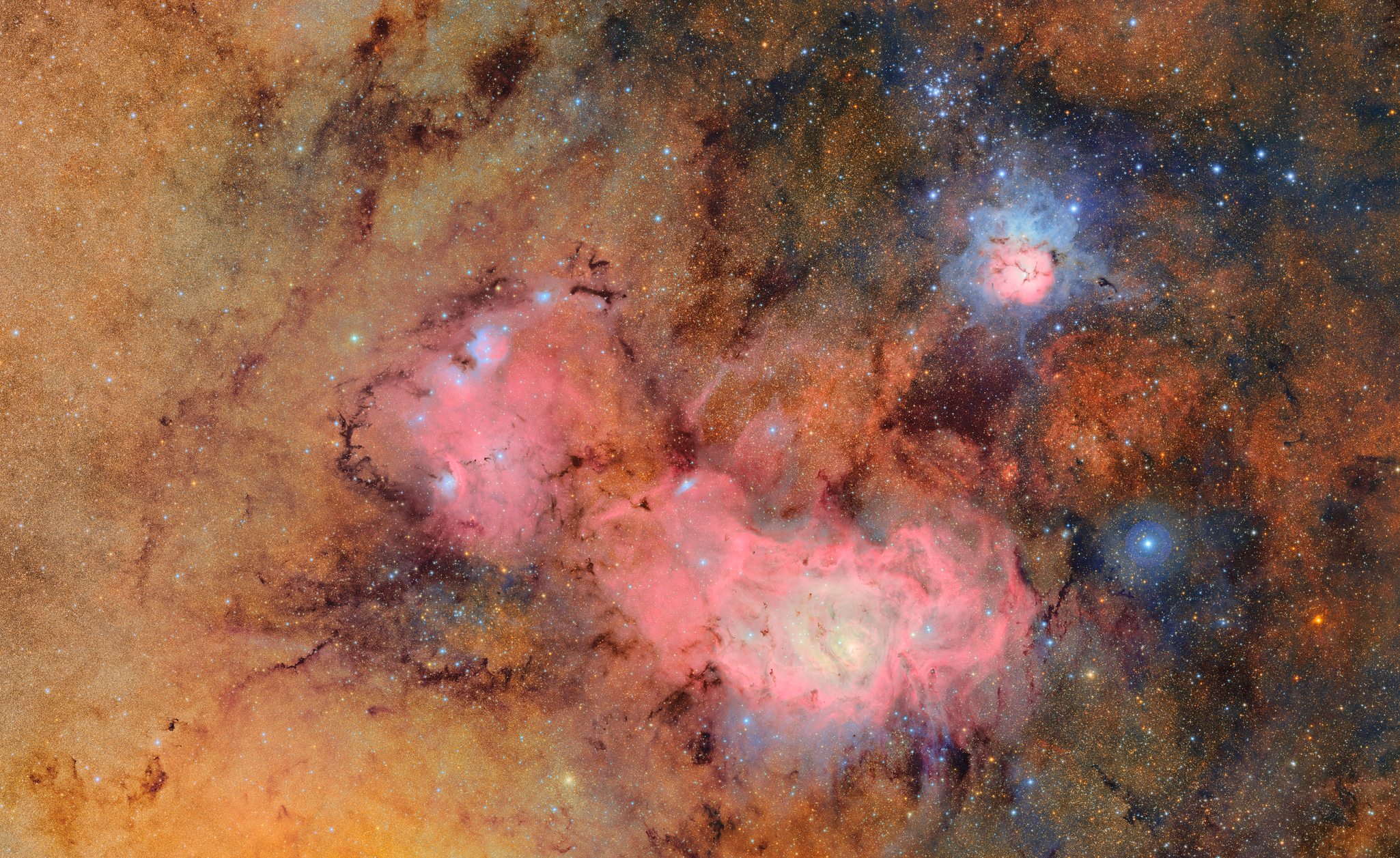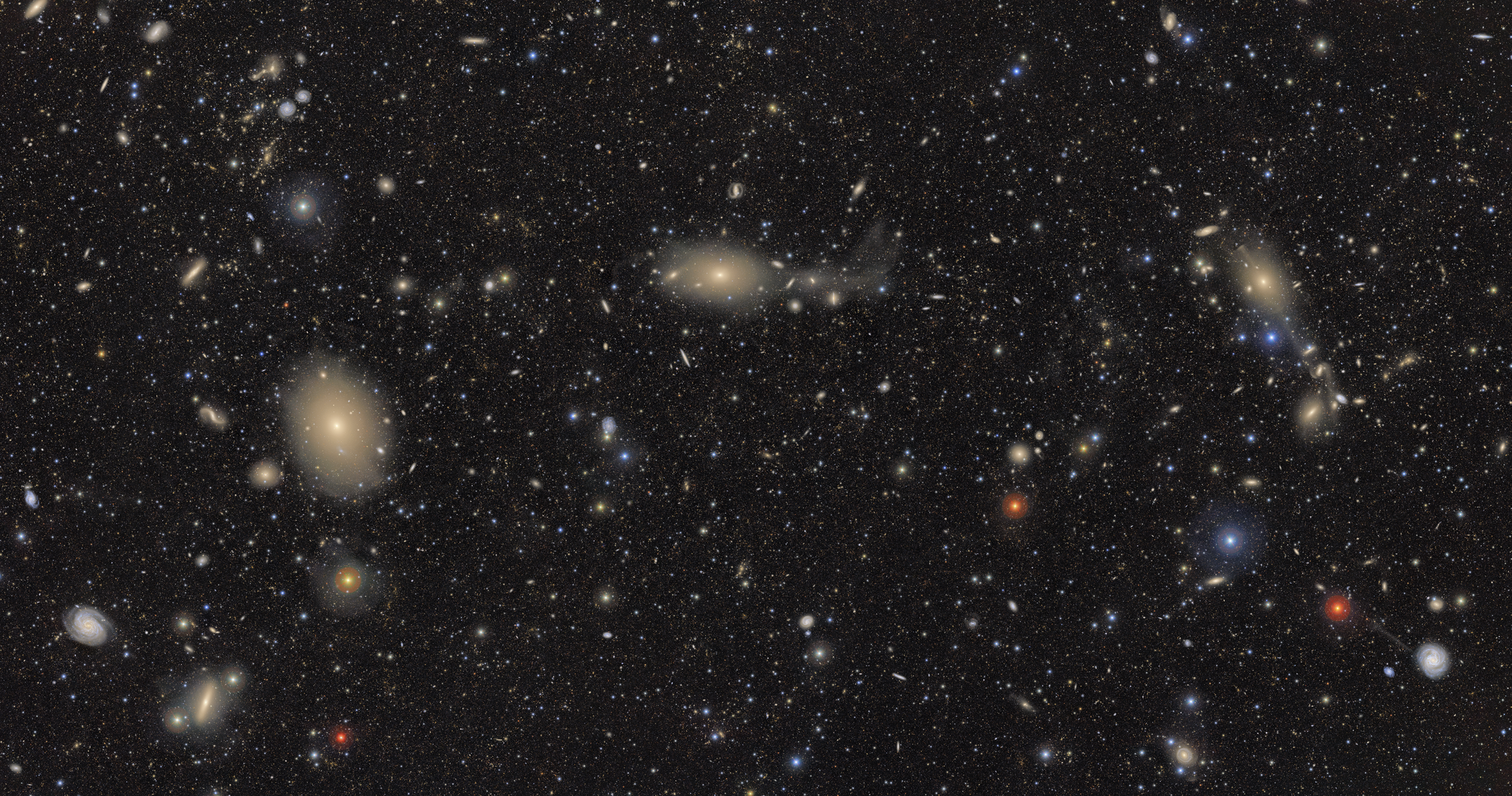The first test images from the brand new Vera C. Rubin Observatory have been revealed to the public.

The telescope, located atop Cerro Pachón in central Chile, is focused on the Southern Hemisphere sky.
After one year of operation it’s expected to generate more optical astronomy data than that produced by all previous telescopes combined.
The telescope is named after US astronomer Vera Rubin, who produced the first persuasive results supporting the theory of dark matter.
A titan of a camera
Inside the Vera C Rubin telescope is the largest camera ever built, University of Canterbury computational astrophysicist Dr John Forbes told Stuff.
“The telescope is looking for changes in the night sky,” he said, “so when something changes – an object in the Solar System moves across the sky, or an interesting supernova explodes – alerts will go out and we’ll be able to follow up on it.”
Kiwi scientists to play key role
The Universities of Canterbury and Auckland are both contributors to Rubin, UC planetary astronomer Dr Michele Bannister told the Science Media Centre.
“We are the first follow-up telescopes in the South after Chile,” Dr Bannister said.
Answering questions, big and small
The telescope can see objects about halfway to the edge of the universe, University of Auckland cosmologist Richard Easther told RNZ Morning Report.
“Over the next few years, Rubin hopes to find most of the tiny rocks in the solar system,” Professor Easther said.
“It also hopes to be able to figure out the speed at which the universe is expanding, which is a big challenge for us at the moment – to make sense of exactly how the universe is expanding and what’s driving that.”

